When an entrepreneurial company gets stuck, frustration seems to pour forth from every vein. There is a lot of energy expended through hard work, but it feels like Groundhog Day, solving the same issues repeatedly with no feeling of forward movement. Fatigue has become a normal feeling.
The Paradox of Tools
It is therefore not surprising that when EOS tools are proposed, the initial reaction can be resistance. Team members are already overwhelmed, and new stuff to learn feels like adding yet more work onto the pile.
In their transformational book “The Tools”, authors Phil Stutz and Barry Michels refer to this feeling as the “paradox of the tools”, how at the beginning of a transformational endeavor, the acquisition and utiliza6on of a new set of tools requires commitment and effort from the very individuals who are already overwhelmed and overworked.
Using tools makes life easier.
Does this point really require reinforcement?
Where would humanity be without the wheel?
How much longer would it take to build a house without power saws?
In my first session with the leadership team for a chain of Early Learning Centers, there was a lot of crying. With no organizational tools, it was hard to compartmentalize anything. Think of a room full of well-intentioned individuals with strong opinions, but zero agency to act, thus putting 100% of the burden of solving every issue squarely on the founder/CEO. A recipe for continuous roadblocks.
So here is what we did:
Tool #1 – Hitting the Ceiling. They learned that what they were experiencing was normal, and there were 5 leadership abilities they would master to help them break through.
Tool #2 – The Accountability Chart – They figured out what the ideal structure for the organization should be and who should sit in each leadership seat and be held accountable.
Tool #3 – Rocks – They then compartmentalized the top priorities for the next 60 days to create clear focus and ownership of issue resolution.
Tool #4 – Meeting Pulse – They adopted a disciplined cadence of focused full day meetings every 90 days, and weekly 90-minute Level 10 meetings to keep on track and resolve issues.
Tool #5 – Scorecard – They created a weekly set of leading indicator metrics that gave them a sense of what a good week would look like, and where to take action to prevent bad weeks in the future.
Why it works and what the future looks like
The tools are simple, practical, and proven. Like the wheel… they started with discovery, and then were refined with use. As of today, over 20,000 companies have mastered their use with the help of a professional EOS implementer, and ten times that many have read the book Traction and applied the tools on their own.
It took energy and coaching to help the leadership team of the Early Learning Centers adopt the tools. But they were already expending an enormous amount of energy, the tools simply channeled that energy to greater positive impact. While it looked like a lot of work on the front end, there were immediate quick wins and time savings that began to aggregate.
A common experience is the discovery that not everyone on the team is fit to be a leader, or even fit for the organization. The leadership team of this client is not the same as it was at the beginning, and everyone is better off for it, including those who left. They still cry occasionally in their quarterly sessions, but the types of issues they resolve now are qualitatively greater than any they faced previously. And while it gets scary sometimes, their mastery of the tools created a belief in themselves that gives them courage and confidence for continuous forward movement and success.



